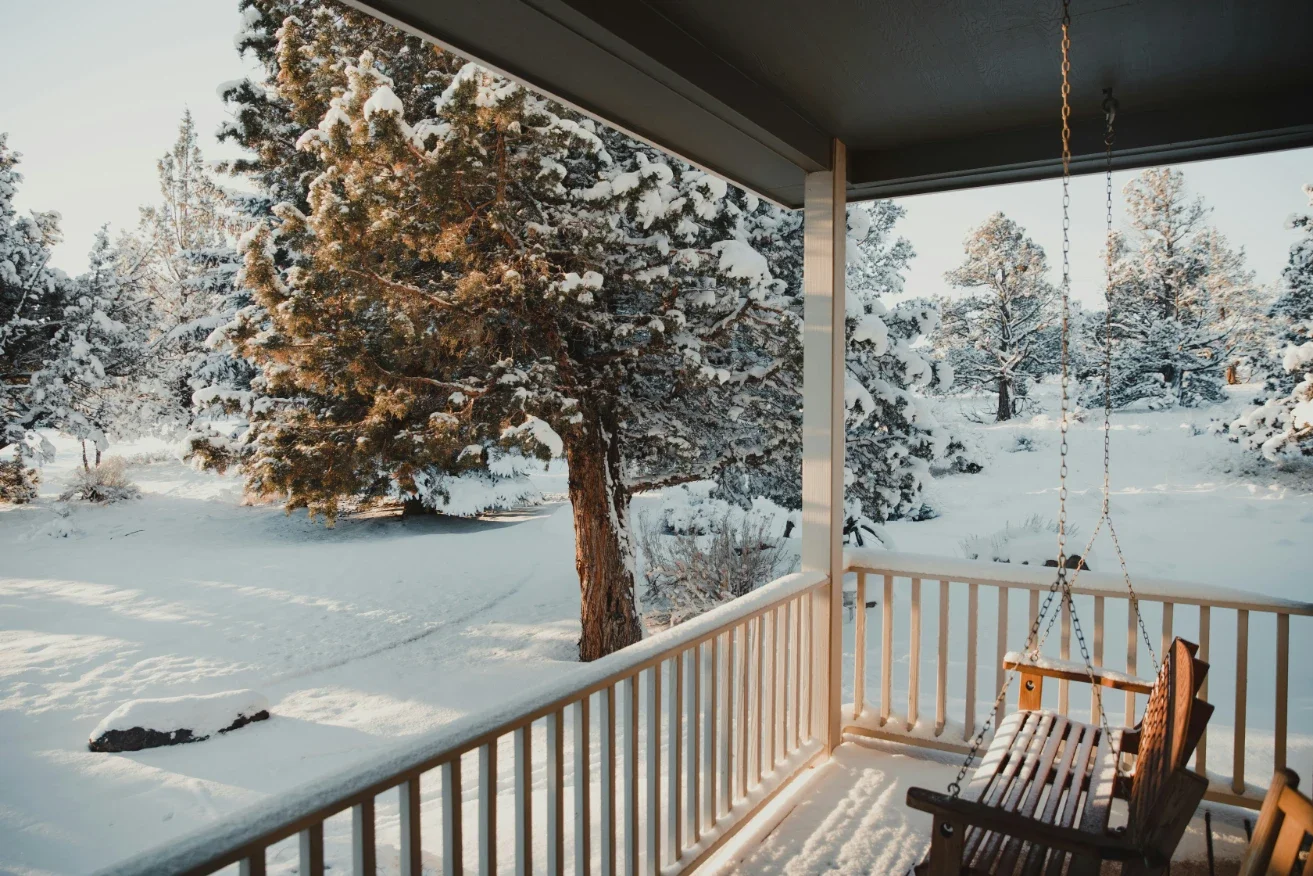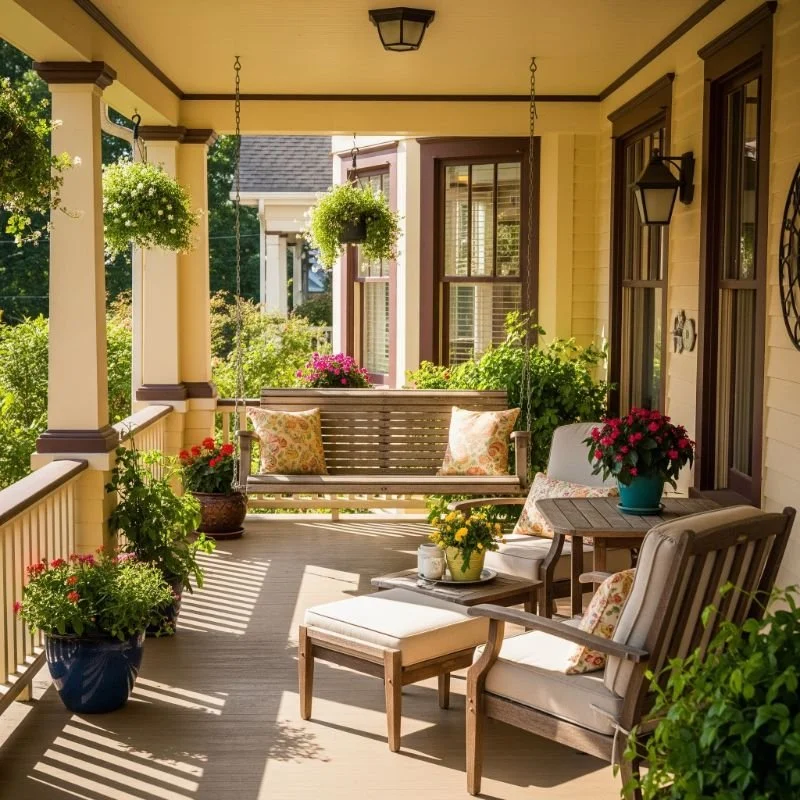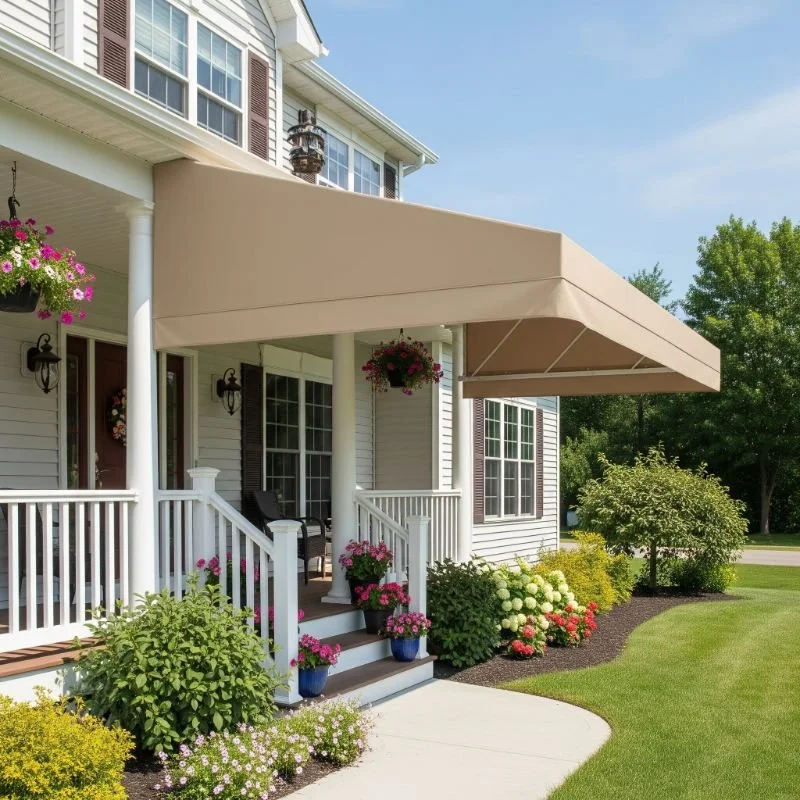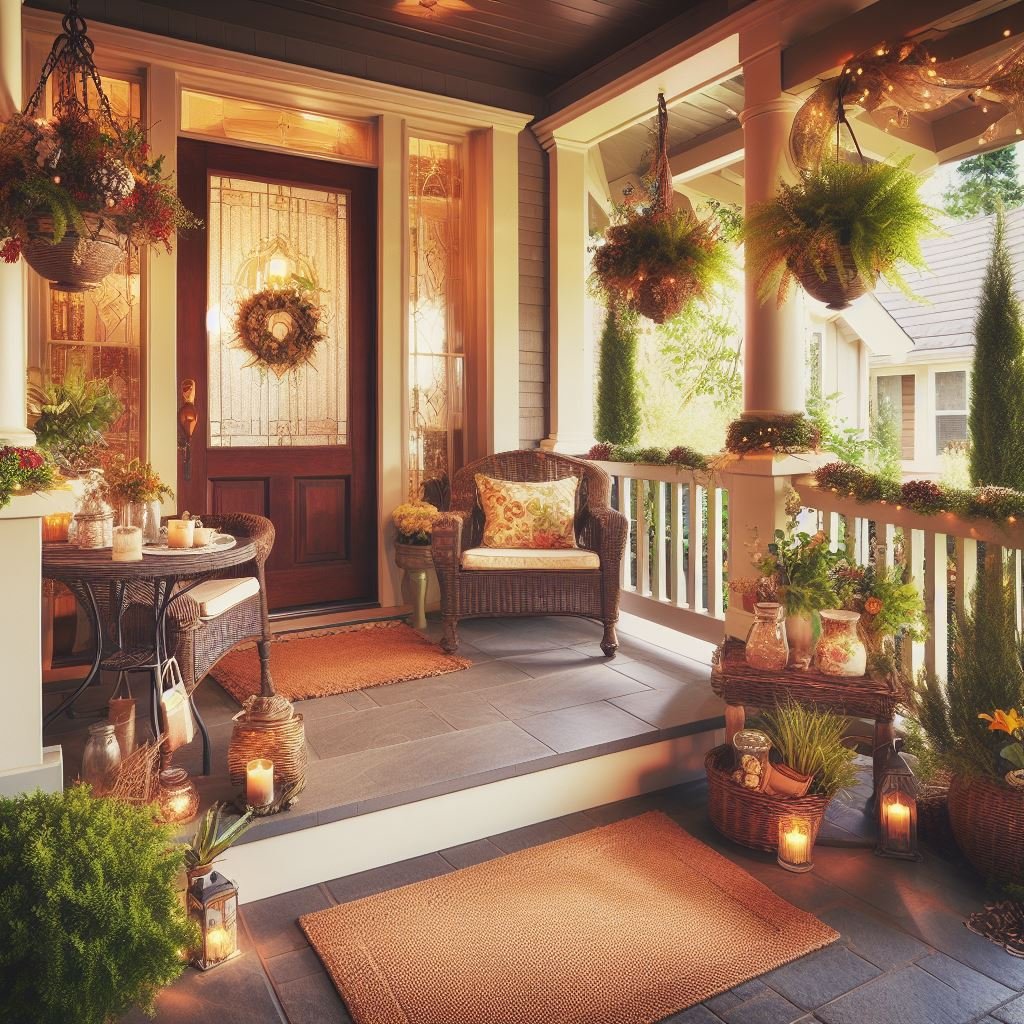Step-by-Step: What to Expect When Working with Porch Builders
Discover what to expect when working with porch builders, from design planning to final touches, in this step-by-step guide for homeowners.
If you’re a homeowner planning to add a porch - or upgrade the one you’ve got - this guide is for you. Working with professional porch builders takes away the guesswork, but there’s still a lot to consider at every stage. Here’s how the process usually unfolds, what you should expect, and how to get the most from your investment.
The First Meeting: Consultation and Measurements
Everything starts with a chat. Good porch builders won’t just show up and start sawing wood. Instead, they’ll visit your home, take a look at your space, and ask about your vision. Expect questions like:
What do you want to use your porch for - relaxing, entertaining, or extra storage?
Is privacy or sunlight more important to you?
What’s your ballpark budget?
Do you have inspiration photos or styles in mind?
This is also when you’ll get a preliminary sketch or digital rendering. Trust me, it helps to see what your new porch could look like - way better than guessing based on verbal descriptions.
Finalizing Design and Materials
Here’s where things get interesting. Do you want an open porch to catch all the light, or a screened-in option to keep out bugs? Maybe you’ve seen those wrap-around farmhouse porches on Pinterest and want the same vibe. Your porch builders will walk you through all the design options: open, covered, screened, or even four-season rooms.
Materials matter too. These days, you’re not stuck with just one kind of wood. Here’s a quick comparison table to help:
Material Comparison for Your Porch
You’re not limited to just one type of wood when it comes to porch materials. Here’s a breakdown of common options, including their pros and cons:
Pressure-Treated Wood: This is affordable and gives a classic look. However, it requires regular staining and can warp over time if not maintained properly.
Composite: Known for being low-maintenance and resistant to rot. It comes with a higher upfront cost but saves you time and effort in the long run.
Cedar: A naturally insect-resistant material that’s visually appealing. It can be pricey and needs sealing to maintain its look.
Aluminum: Extremely durable and offers a sleek, modern style. The downside is that it may not provide the warm, natural feel that wood does.
Don’t fall for the myth that "cheaper means faster". Sometimes, low-cost materials can drag out your project if they need extra prep or special handling. And always check that your design follows local codes - a good builder will handle that, but it never hurts to ask.
The Estimate, Timeline & Contract
Never start work without a written agreement. A proper contract should lay out:
The final price and payment schedule
Project timeline with clear milestones
Who handles permits and inspections
What’s included (cleanup, disposal, site prep)
If the estimate seems too good to be true, check if it covers things like city permits or site cleanup. It’s normal (and safer) to pay in installments as each phase gets completed.
Site Prep: Out with the Old
Before construction starts, there’s some necessary grunt work. Clearing away old porches or landscaping, marking out utilities, and prepping the ground all come first. If your site isn’t level, now’s the time to fix that. And don’t let anyone tell you "we can build right over the grass" - a stable foundation is non-negotiable. Sometimes drainage needs tweaking, too, especially if you’re adding a larger or heavier structure.
Building the Porch: The Fun Part
This is when things start looking real. A typical porch build goes like this:
Foundation goes in (footings or concrete pad);
Framing and structure;
Decking and floorboards;
Railings, posts, and trim;
Roofing or screening (if needed);
Paint, stain, or finishing touches.
Pro tip: It’s not a one-day job. Some steps, like concrete curing or custom features, need extra time. Good porch builders keep you in the loop about delays, weather hiccups, and inspection dates.
Communication & Quality Checks
Don’t be shy about checking in. A reliable builder should update you on progress, preferably with photos if you’re not around. If you spot something you want to change, bring it up ASAP - it’s way easier to fix things mid-build than at the end.
Checklist for smooth communication:
Weekly (or milestone) updates.
Written confirmation of changes.
A walk-through before each payment.
Agree ahead of time how you’ll handle surprise fixes or additions, so everyone’s clear on expectations.
The Final Walkthrough
Once the dust settles, it’s time for the big reveal. You and your builder should walk through the finished porch together, checking for little touch-ups or fixes. This is also when you get important documents: warranties on materials, maintenance tips, and any inspection certificates.
Pro myth-buster: Good porch builders don’t disappear after you pay. They should offer a warranty and be available to fix issues that pop up in the first few weeks.
Conclusion
A porch is more than just wood and nails - it’s an investment in your home’s value and your daily comfort. Take your time at each step, and don’t rush the process. With the right porch builders and a bit of preparation, you’ll end up with a space that feels just right, year after year.





